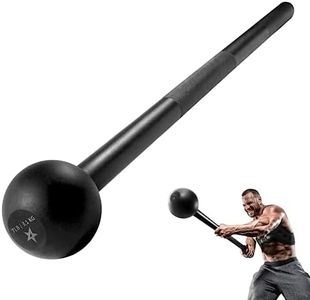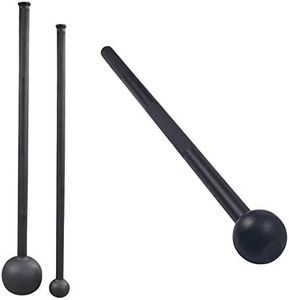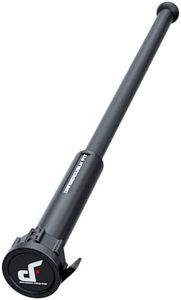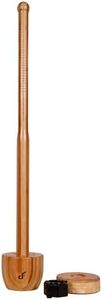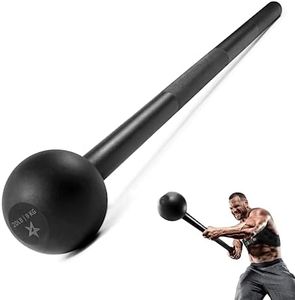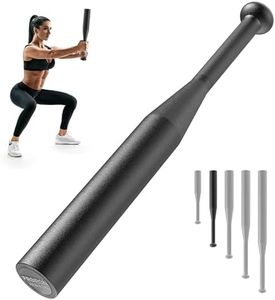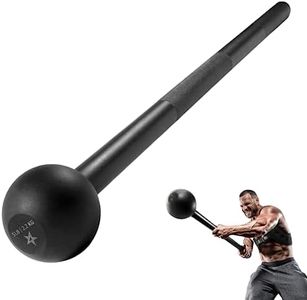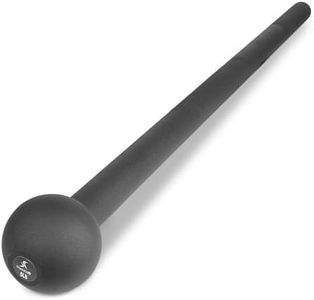We Use CookiesWe use cookies to enhance the security, performance,
functionality and for analytical and promotional activities. By continuing to browse this site you
are agreeing to our privacy policy
10 Best Steel Mace
From leading brands and best sellers available on the web.Buying Guide for the Best Steel Mace
Choosing the right steel mace is all about understanding your personal fitness goals and current strength level. Steel maces are popular in functional training and can greatly improve grip, core strength, and full body coordination. Before buying, you should consider how you'll be using the mace, whether for flowing movements, strength exercises, or rehabilitation. Thinking about your exercise space and any plans for progression is also useful. Start with one that matches your ability and grow from there, always prioritizing control and safety.WeightThe weight of a steel mace is perhaps the most important spec to consider, as it governs both the challenge and safety of your workouts. Maces typically range from very light (around 5 pounds) to heavy (up to 30 pounds or more). Beginners are often best served by lighter maces (5-10 pounds), as they allow you to learn movements with proper form and avoid strain or injury. Intermediate users may move up to 10-15 pounds for added resistance, while advanced users or those seeking to build maximum strength can explore heavier maces. Your choice should depend on your current strength, experience with similar training, and the types of movements you aim to perform: lighter for flow and mobility, heavier for strength-building.
Handle LengthHandle length affects how the mace feels during swings and other moves. Shorter handles (around 31-36 inches) offer more control and are easier for traditional lifts or close-body movements, while longer handles (37 inches or more) generate more leverage and make swings and flow sequences more challenging. For most users, a medium handle offers a good balance, but your height, arm reach, and the style of training you prefer should guide you: choose longer for wide, flowing patterns and added difficulty, shorter for compact movements or if you're just starting out.
Grip ThicknessGrip thickness determines how challenging the mace will be for your hands and forearms. A standard grip works for most people and helps with control, but thicker grips (more than about 1.5 inches in diameter) can improve grip strength and endurance if that’s a focus for your training. If you are new or have smaller hands, stick with standard grips for comfort and confidence. If grip and forearm strength are your goals, or if you have experience with thicker-handled tools, a larger grip may be appropriate.
Material FinishMost steel maces are made from steel, but the finish can affect durability, rust resistance, and feel. Powder-coated finishes are common and offer a bit of texture for grip and protection against rust. Smooth or glossy finishes may be less secure if your hands get sweaty. For most people, a textured or matte finish provides both comfort and longevity. If you intend to use your mace outdoors or in humid environments, be sure to choose a finish that can withstand the elements.
Balance and Weight DistributionThe unique design of a steel mace means its weight is mostly in the ball at one end, but the balance between handle and head can vary. Some maces are more evenly balanced for easier handling, while others have a heavier head for a tougher challenge. If you’re focusing on learning or on exercises that need lots of control, a mace with more balanced weight is helpful. If your goal is advanced swings and rotational strength, the classic, unbalanced mace will give you a greater challenge.
